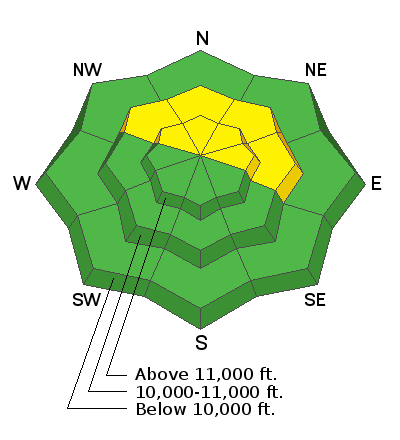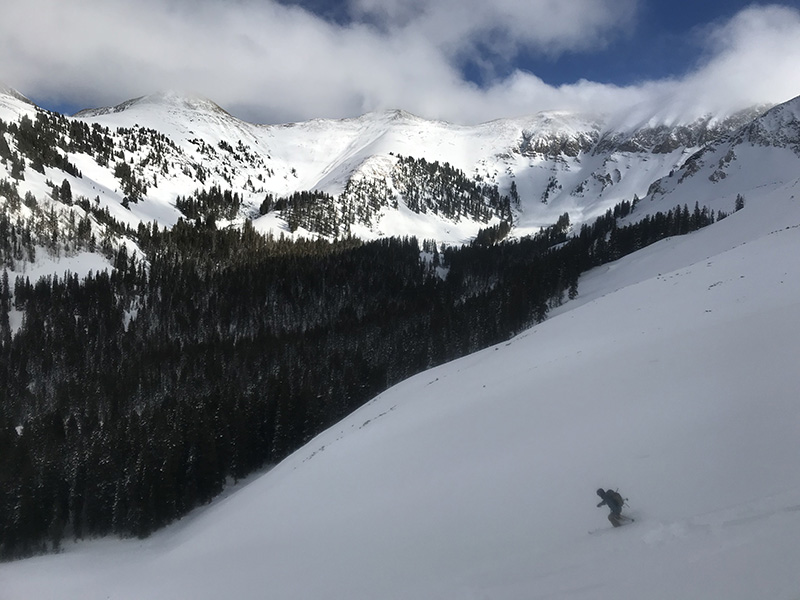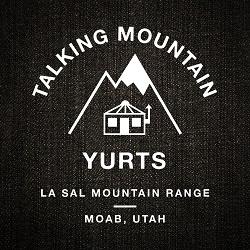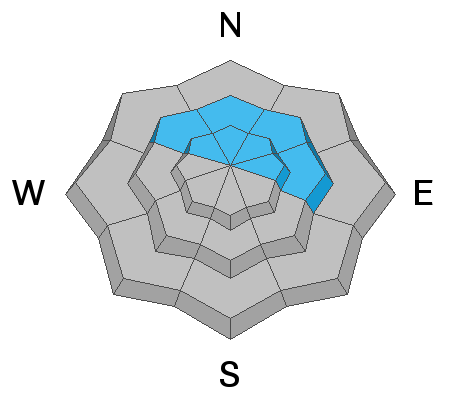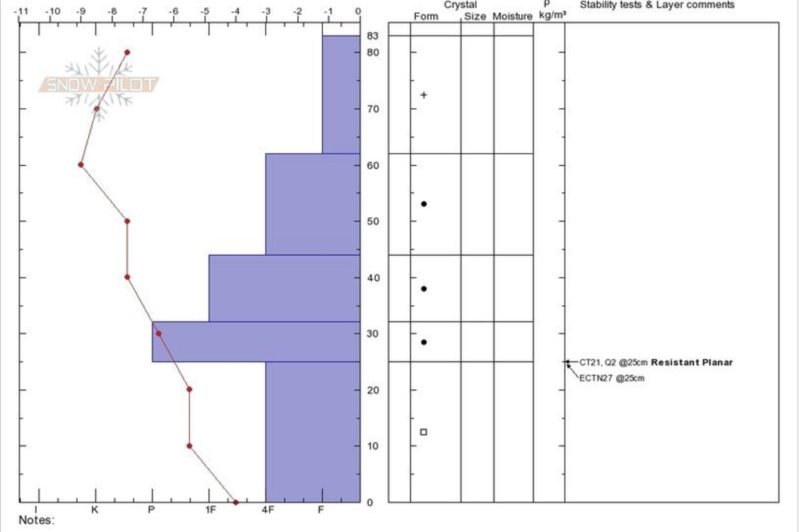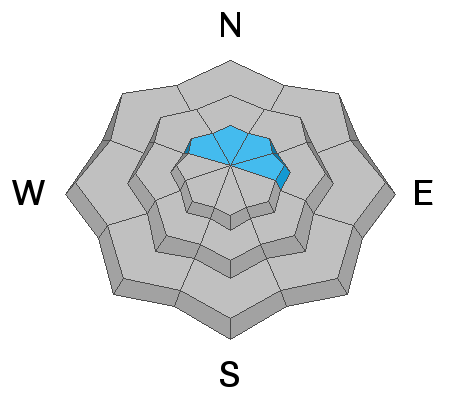The First Annual Avalanche Awareness Week is December 2-7 We have a week full of fun and educational events planned. Check out the schedule
here.
The annual free Know Before You Go avalanche awareness talk will be held at the Grand County Library on Thursday, Dec 5 at 6:00 p.m. Hope to see you there!
The first UAC podcast of the season " Early Season Essentials with Program Director Bo Torrey" check it out
HERE.
Get one of these
cool t-shirts to support the UAC and other avalanche centers across the U.S.
Though not forecasted to be a big event, the current storm has proven to be quite underwhelming. Gold Basin is reporting 2" of new snow overnight. We may squeak a few more inches out this morning before the trough axis exits the region sometime before noon. SSE winds on Pre Laurel Peak last night blew in the 20-25 mph range with gusts into the 40's before backing off and swinging to the SW around 3:00 a.m. They are currently averaging 15-20 mph gusting to 30's and it's 24 degrees at 10,000'.
Today look for mostly cloudy skies, lingering snow showers, and decreasing SW winds shifting to NW. High temps will be in the high 20's. Friday and Saturday look to be dry and mostly sunny with our next chance for snow on Sunday.
In spite of low new snow amounts, conditions are as good as I've ever seen for this time of year and this will provide a bit of a refresh. Total depth in Gold Basin is 37" while up high there is more than 4' of snow on sheltered slopes. Wind and sun have taken a toll on exposed surfaces, but nice, soft powder is still abundant in sheltered locations.
Reed Kennard was up yesterday sampling the early season snowpack and sent in this
observation.
It's looking pretty white up there but the snowpack is still a little thin. Excercise caution in rocky and wooded terrain. Reed Kennard photo.
No recent avalanche activity has been observed since after the Thanksgiving storm.

